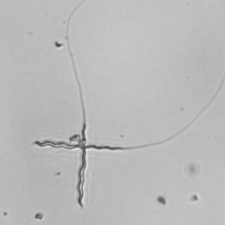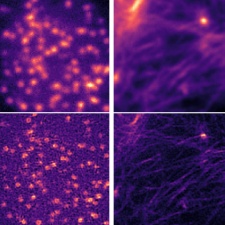PROVENANCE - PROviding VErificatioN AssistaNCE for New Content
[2018 - 2022] H2020-EU.2.1.1. : 825227
Objectives: PROVENANCE will develop an intermediary-free solution for digital content verification that gives greater control to users of social media and underpins the dynamics of social sharing in values of trust, openness, and fair participation. Specifically, PROVENANCE will use blockchain to record, in a secure and verifiable manner, multimedia content that is uploaded and registered by content creators or identified for registration by the PROVENANCE Social Network Monitor. The PROVENANCE Verification Layer will apply advanced tools for multimedia analytics (semantic uplift, image forensics, cascade analysis) to record any modifications to content assets and to identify similar pieces of content. A personalised Digital Companion will cater to the information needs of end-users. To help consumers navigate content and develop digital literacy competencies, an iconographic Verification Indicator will contextualise individual pieces of content with relevant information including when the content was registered, by whom, and any subsequent transactions. PROVENANCE will be co-created with diverse representatives of civil society across four distinct use-cases in the social media domain (citizen information seekers, citizen prosumers, factual content creators, and creative content creators). However, the findings will be applicable to any area in which social media and verification are important. The scientific and pragmatic insights gained through PROVENANCE will significantly advance the state of the art in intermediary-free solutions for content verification, understanding of information cascades and information sources on social media, the openness of algorithms, and user control over personal data. In so doing, it will lay the foundation for a new federated social network grounded in trust, openness, and fair participation. In addition, it will support the development of an observatory on information veracity and social media best practice under the ICT28 CSA.


























